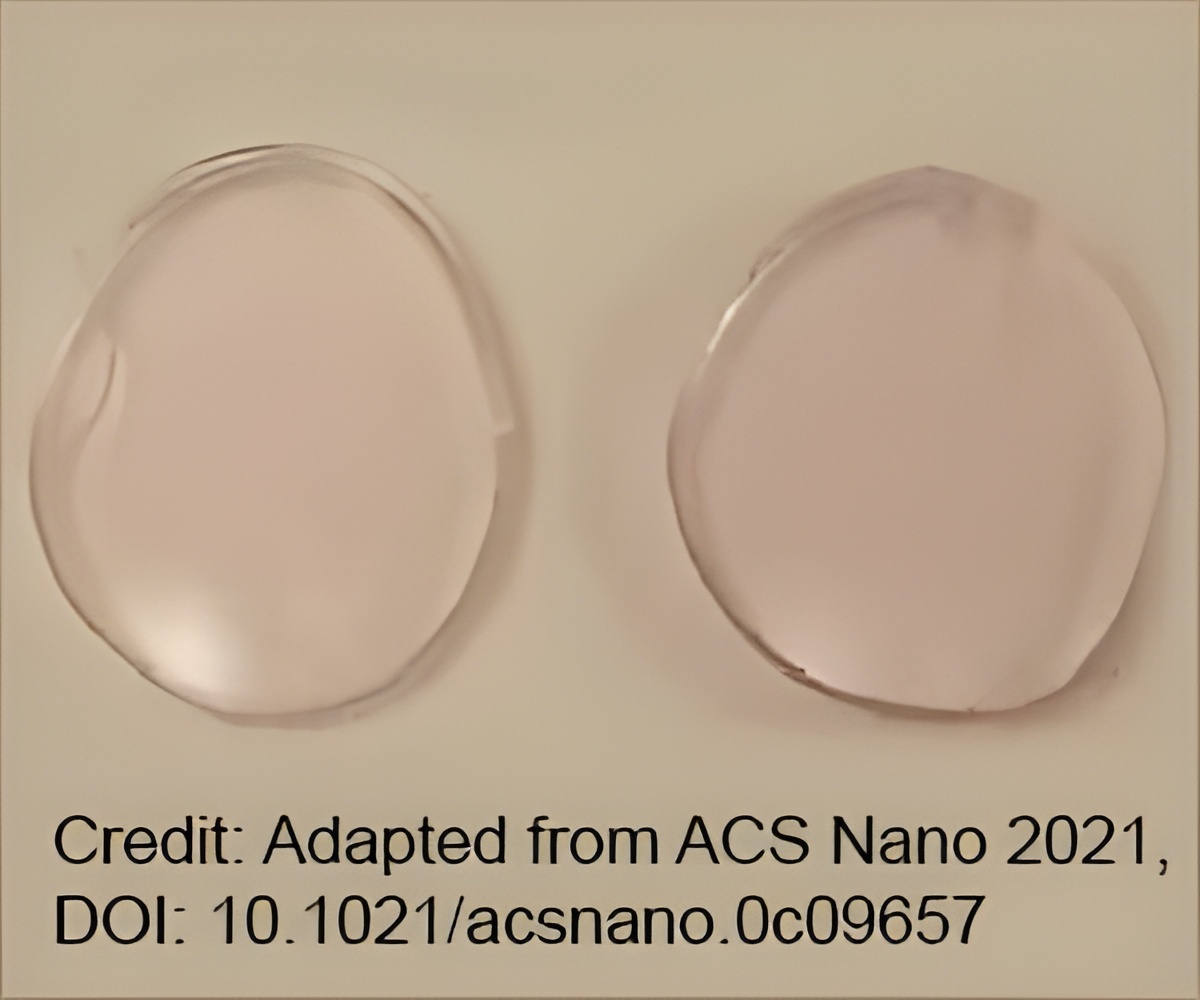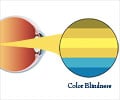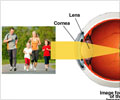Modified contact lenses developed using gold nanoparticles overcome the challenges posed by dyed lenses and create a safer way to see colors.

- Vision impacts the very essence of our life through colors. Color blindness affects around 300 million people globally
- This widespread vision ailment may be corrected by the modified contact lenses developed using gold nanoparticles
- The gold nano composite lenses overcome the potential threats and challenges posed by dyed lenses, thereby creating a safer way to see colors
- Accordingly, they provide a new hope of correcting color blindness using contact lenses
To an extent, tinted glasses may assist the scenario but fail to correct blurry vision. Dyed contact lenses during current development for the condition pose potential harm and instability. The challenges are overcome by report infusing contact lenses with gold nanoparticles to create a safer way to see colors as per the American Chemical Society, reported in ACS Nano.
Color blindness is the deficiency to see the colored vision that affects approximately 1 in 12 men (8%) and 1 in 200 women worldwide. Globally it is estimated to affect around 300 million people with color blindness.
Approximately 12 million people over the age of 40 years in the United States have vision impairment. It includes 1 million people who are blind, 3 million having vision impairment after correction, and 8 million who suffer vision impairment due to uncorrected refractive error.
Read More..
Contact Lenses and its Advancement in Vision Ailment
A genetic disorder characterized by trouble discriminating red (red color blindness) and green (green color blindness) shades is generally overcome by utilizing red-tinted glasses. These glasses make it simpler to see by intensifying the prominence of the colors. But the lens is bulkier in its built, and the lens material cannot repair vision problems.The present study, thereby, drives the development of specially tinted contact lenses using nanomaterials to investigate whether incorporating gold nanoparticles into contact lens material instead of dye could improve red-green contrast safely and effectively. Also, due to their scattering property of light, the non-toxic gold nanocomposites have been used for centuries to produce "cranberry glass".
Homogeneous mixing of the gold nanoparticles into a hydrogel polymer produced rose-tinted gels capable of filtering light within 520-580 nm - the wavelengths were red and green color overlap.
Gold Nanocomposite Lenses
The contact lenses with 40 nm-wide gold nanoparticles were found to be most effective in filtering more colors than necessary. Moreover, the developed lenses displayed non-toxic nature to cultured cells in the lab with water-retention properties related to those of commercial ones.The gold nanocomposite lenses outperformed in more selective blocking of the wavelengths when compared to two commercially available pairs of tinted glasses, and their earlier developed hot-pink dyed contact lens.
The wavelength range of the dyed contact lenses matched the new lenses, thereby proposing the suitability of the gold nanocomposite for people with red-green color issues without the inherent safety concerns.
This allows developing the contact lenses that can correct color blindness. The study team is further set to explore the comfort levels of these lenses in clinical trials with human patients.
Facts on Contact Lenses
- Cleaning, disinfecting, and proper storage of the contact lenses obey the basic care to bypass serious eye infections
- Always wash your hands with soap and water, followed by drying them with a lint-free towel before touching the contact lenses
- Old contact lenses that do not fit well may scratch the eye and even cause blood vessels abnormality that threatens the vision
- Follow the schedule of wearing and replacing your lenses, as instructed by the eye doctor (ophthalmologist). Maintain periodic examination of your eyes with your ophthalmologist
- Avoid using eye drops as they may interfere with contact lenses. Rather replace them with wetting drops or preservative-free lubricating drops as recommended by the ophthalmologist
- Avoid exposure to hot water, fire, shower, swimming when wearing the contact lenses
- Never rinse or store contact lenses in tap water or sterile water or homemade saline solution
- Rather rinse the lenses with sterile contact lens solution and allow the empty case to open to air dry
- Replacement of the case at least every 3 months, or right away if it gets cracked or damaged is recommended
References:
- Gold Nanocomposite Contact Lenses for Color Blindness Management: Ahmed E. Salih et al: https://doi.org/10.1021/acsnano.0c09657: ACS Nano 2021.
- Colour Blind Awareness - https://www.colourblindawareness.org/colour-blindness/
- How to Take Care of Contact Lenses - https://www.aao.org/eye-health/glasses-contacts/contact-lens-care
- Fast Facts of Common Eye Disorders - https://www.cdc.gov/visionhealth/basics/ced/fastfacts.htm
Source-Medindia















